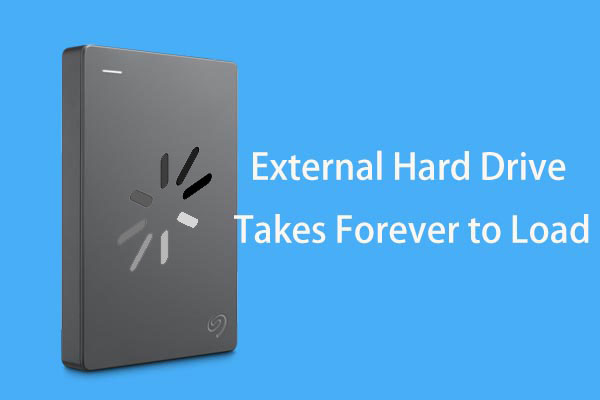What is ETL (Extract, Transform, Load)? To understand this professional word, some knowledge might be hard to learn and grasp. But this article on MiniTool Website will try its best to make the whole process easier to understand and give you additional interesting information.
What Is ETL (Extract, Transform, Load)?
What is ETL? This word is an abbreviation of Extract Transform Load which means a three-phase process where data is extracted, transformed, and loaded into an output data container and in the Transform phase, the data will be cleaned, sanitized, and scrubbed.
During this data integration process, your data from multiple data resources are combined into one single data storage and loaded into a data warehouse or other target system, which is the primary method to process data for data warehousing projects.
Many people might be curious about that why you need ETL. In this era where cloud data becomes the mainstream, ETL seems less important in a traditional data warehouse. However, actually, your data still needs to be moved from more sources to a central repository than ever before, in structured and semi-structured forms.
ETL prepares data for fast access and quick insight with data collected and prepared for use in business intelligence tools, such as data visualization software, or it will be no more useful in the cloud than it would be in some data center in its original format.
How Does the ETL Process Work?
In this ETL process, three steps are included to enable data integration from source to destination.
Part 1: Extraction
Data extraction involves extracting data from homogeneous or heterogeneous sources and using a number of data analysis tools to produce business intelligence, which requires data to travel freely between systems and apps.
Your data will first be extracted from its source, such as a data warehouse or data lake before arriving at a new destination.
Those sources include but are not limited to:
- SQL or NoSQL servers
- CRM and ERP systems
- Flat files
- Web pages
Part 2: Transformation
During the data transformation phase, a series of rules or functions are applied to the extracted data in preparation for loading it to the final goal, in which an important feature of the transformation is data cleansing, aiming to deliver appropriate data to the target.
There are some steps in data transformation:
Cleansing — inconsistencies and missing values in the data are resolved.
Standardization — formatting rules are applied to the dataset.
Deduplication — redundant data is excluded or discarded.
Verification — unusable data is removed and anomalies are flagged.
Sorting — data is organized according to type.
Part 3: Loading
This is the last process in ETL – Loading; Data can be loaded all at once or at scheduled intervals – Full loading or Incremental loading. These are two different methods of Loading.
Full Loading – In the ETL full load scenario, everything from the transformation assembly line goes into a new, unique record in the data warehouse or data repository. While this is sometimes useful for research purposes, full loading produces exponentially growing data sets and can quickly become difficult to maintain.
Incremental Loading – A less comprehensive but more manageable approach is incremental loading. Incremental loading compares incoming data to existing data, generating additional records only when new and unique information is found.
This architecture allows smaller, less expensive data warehouses to maintain and manage business intelligence.
The Benefits of ETL
- ETL tools can automate the entire data flow and the whole process is easy to go.
- It has a visual, drag-and-drop interface used for specifying rules and data flows.
- It supports with complex calculations, data integrations, and string manipulations.
- ETL tools encrypt both dynamic and stationary data.
ETL vs ELT
The most obvious difference between ETL and ELT is the order of operations. The ELT copies or exports data from the source location, but instead of loading it into the staging area for conversion, the raw data is loaded directly into the target data store for conversion as needed.
While both processes leverage various data repositories, such as databases, data warehouses, and data lakes, each has its own strengths and weaknesses. ELT is particularly useful for large-volume unstructured data sets because it can be loaded directly from the source.
The ELT is better suited for big data management because it does not require much up-front planning for data extraction and storage. ETL processes, on the other hand, require more definition at the beginning.
Bottom Line:
Hope this article give you some useful information about ETL and you might have an overall picture of what the ETL is. May you have a good day.

